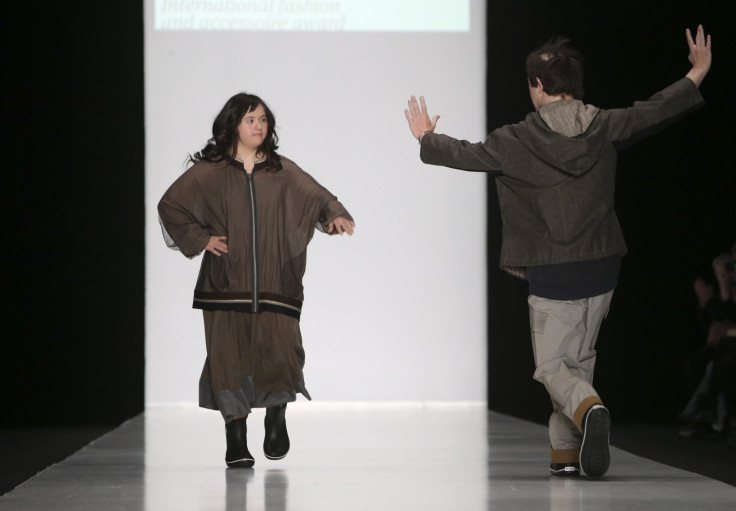World Down Syndrome Day 2015: Myths and facts about the genetic condition

Down syndrome is a naturally occurring chromosomal arrangement that has been a part of the human condition throughout history, in all genders, races and along all socio-economic lines. Yet despite this, many myths and false stereotypes surrounding people with Down syndrome prevail.
On World Down Syndrome Day, celebrated annually on 21 March to advocate the rights, inclusion and well-being of people with the genetic condition, IBTimes UK looks at myths and facts about Down syndrome.
Myth: Down syndrome is a rare condition.
Fact: Down syndrome, or Down's syndrome, also known as trisomy 21, is a genetic condition caused by the presence of all or part of a third copy of chromosome 21. It is the most common genetic condition, with approximately 40,000 people living with Down syndrome in Britain and one baby in every 1,000 born in the UK with the condition.
In the United States, one in every 691 babies is born with Down syndrome and there are more than 400,000 people with the condition living in the US.
Myth: People with Down syndrome do not live very long.
Fact: Today, people with the condition are living into their fifties and sixties, with a number of individuals living into their seventies and beyond. Better research and awareness of Down syndrome has increased the life span of children born with the condition.
Myth: Down syndrome is hereditary and runs in families.
Fact: The condition is only hereditary in 1% of all instances, in the other 99% it is completely random. The only known factor that increases the risk is the age of the mother (over 35). However, more babies are born with the condition to mothers under 36, because more children are born within that age group of women. Translocation is the only type of Down syndrome known to have hereditary link. Translocation accounts for 3 to 4% of all cases of Down syndrome. Of those, one third (or 1% of all cases of Down syndrome) are hereditary.

Myth: People with Down syndrome have severe developmental delays.
Fact: The majority of people with Down syndrome have cognitive delays that are mild to moderate and many children with the condition will walk, talk, read and write. Many will attend ordinary schools and lead independent lives, taking part in sports, music, art and other activities. The degree of developmental delay depends on the individual. Increasingly, individuals with Down syndrome are graduating from school and going into higher education.
Myth: Adults with Down syndrome cannot be employed.
Fact: Businesses employ individuals with the condition, yet prejudice still stands in the way – a problem which is being addressed with greater awareness of Down syndrome.
Myth: People with Down syndrome are always happy.
Fact: Individuals with the condition have the same feelings as everyone else in the population, with the full range of emotions.
Myth: Adults with Down syndrome are unable to form close, interpersonal relationships.
Fact: People with Down syndrome socialise and have the same meaningful relationships as others.
Myth: Down syndrome is a disease.
Fact: Down syndrome is not a disease. People with the condition are not unwell and do not "suffer" from the condition. The health problems associated with Down syndrome depend on the individual and can be controlled with healthcare.
Myth: People with Down syndrome all look the same.
Fact: There are certain physical characteristics that can occur in individuals with the condition. People with Down syndrome can have all of them or none – a person with the condition will always look more like their close family than someone else with the condition.
© Copyright IBTimes 2025. All rights reserved.




















